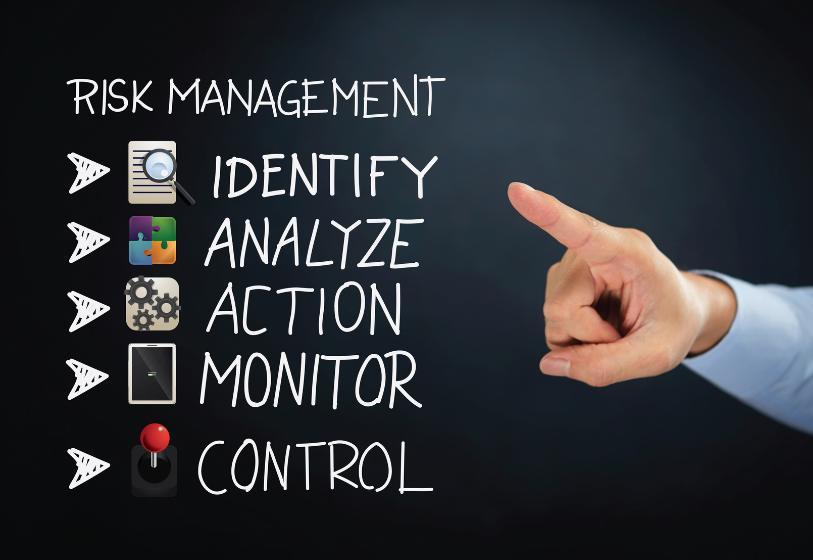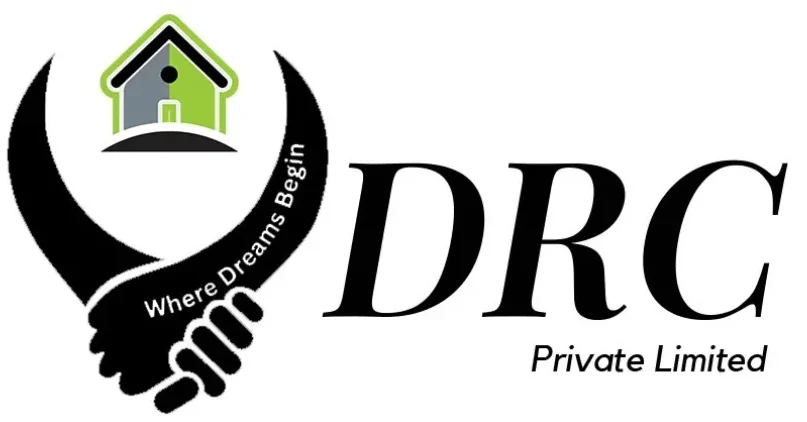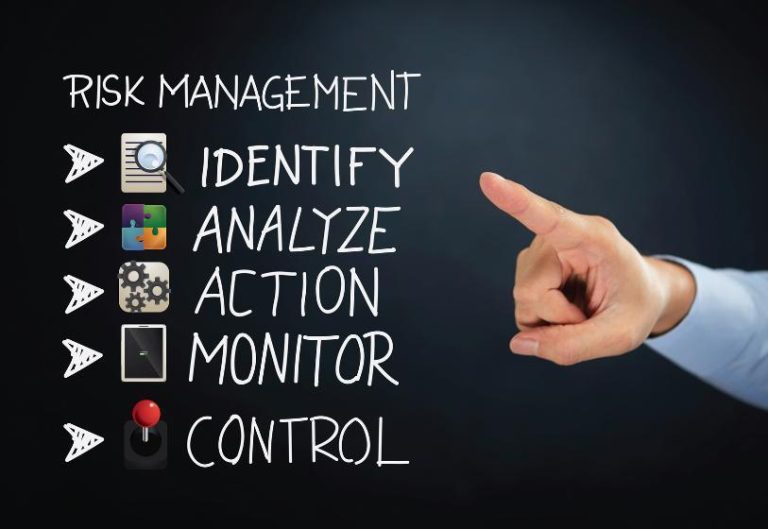
| Dimensions | |
| Square Yards | |
| Square Meters | |
| Marlas | |
| Acres |
Digital marketing
What we do?
Table of Contents
What we do?
A comprehensive service risk management framework is essential for organizations seeking to navigate the challenges of contemporary business landscapes. Furthermore this structured approach aids in recognizing, evaluating, and addressing risks linked to providing services to customers or clients. Here is a glimpse of what a thorough service risk management framework could involve:
Types of Risk Management
Risk management involves identifying, assessing, and controlling threats to an organization’s capital, operations, and reputation. These threats can come from a wide variety of sources. Below are the key types of risk management that businesses and project teams commonly use:
1. Financial Risk Management
Financial risk management focuses on managing risks related to financial performance. These can include:
- Market Risk: Losses due to market fluctuations (interest rates, exchange rates, stock prices).
- Credit Risk: The possibility that a borrower or client won’t meet their obligations.
- Liquidity Risk: Difficulty in converting assets to cash without affecting market price.
- Investment Risk: Potential losses from poor investment decisions.
This type of risk management framework is crucial for maintaining financial health, especially in banking, investment, and large enterprises.
2. Operational Risk Management
Operational risk management framework deals with risks arising from internal processes, people, and systems. Key risks include:
Effective operational risk management enhances efficiency, reduces losses, and ensures smooth day-to-day operations.
3. Project Risk Management
Project risk management framework is specific to project environments. It involves identifying and managing risks that can affect the project’s success. Examples include:
By proactively managing these risks, organizations can improve project delivery and outcomes.
4. Security Risk Management
This type involves protecting the organization’s digital and physical assets. It includes:
- Cybersecurity: Managing risks from hacking, malware, data breaches, etc.
- Physical security: Securing facilities, equipment, and personnel from theft or damage.
- Information security: Ensuring confidentiality, integrity, and availability of data.
With increasing digital threats, security risk management is more critical than ever.
5. Strategic Risk Management
This type deals with high-level risks that affect an organization’s long-term goals and competitive position. These might include:
Strategic risk management framework helps companies adapt and stay resilient in changing markets.
6. Compliance Risk Management
Compliance risk refers to the risk of legal penalties or reputational damage from failing to follow laws and regulations. Key areas include:
Effective compliance risk management helps avoid fines and maintains trust.
7. Reputational Risk Management
This focuses on managing threats to your brand and public perception. Triggers can include:
Managing reputational risk management framework is essential for long-term brand loyalty and stakeholder confidence.
8. Environmental Risk Management
This involves identifying and reducing risks related to environmental impact and sustainability, such as:
It’s increasingly important as businesses move toward sustainability goals and ESG (Environmental, Social, Governance) standards.
Steps in the Risk Management Framework (RMF)?
Before diving into the steps, it’s important to first establish the context by defining your project scope, identifying stakeholder expectations, and setting clear boundaries. This foundation supports a strong risk management plan.
The risk management framework (RMF) is a structured process that helps organizations identify, assess, and manage risks, particularly in information systems. While details may vary, the core steps remain consistent across industries. Here’s a simplified breakdown:
- Categorize Information Systems
First, classify systems and data based on sensitivity and impact. This determines the level of security risk management framework required. - Select Security Controls
Next, choose appropriate security controls based on the system’s risk level. These controls should align with standards like NIST 800-53 or other industry frameworks. - Implement Security Controls
Then, apply the selected controls through proper configurations, training, and physical or technical safeguards. - Assess Security Controls
After implementation, evaluate the controls to ensure they’re effective. Use audits, testing, and analysis tools to uncover any gaps. - Authorize Information System
Following assessment, a senior official makes a risk-based decision to approve or deny the system’s operation—commonly called Authorization to Operate (ATO). - Monitor Security Controls
Finally, continuously track and review security controls. Regular updates ensure they remain effective as risks evolve over time.
This ongoing risk management process supports financial, operational, project, and security risk management, helping protect data and ensure compliance. Through its lifecycle approach, RMF strengthens an organization’s project management and cybersecurity posture.
Real Estate Risk Management
In the world of real estate, risk is everywhere—from market shifts to regulatory changes and environmental concerns. That’s where our Real Estate Risk Management service steps in. We help safeguard your investments by identifying, assessing, and managing risks that could impact your property portfolio.
To start, we conduct a thorough risk evaluation of your real estate assets. By analyzing factors like location, property type, and market trends, we develop a customized risk strategy that covers everything from insurance optimization to contract review and investment diversification.
But we don’t stop there. Real estate risk is constantly evolving, which is why we offer ongoing monitoring, real-time reporting, and expert insights to help you stay ahead. With the right tools and a proactive approach, we protect your assets while positioning you for long-term growth.
Fashion Industry Risk Management
The fashion industry moves fast—and so do the risks. Shifting consumer trends, supply chain delays, and sustainability pressures can all impact your bottom line. Our Risk Management Framework helps fashion brands stay resilient in this high-speed, high-stakes environment.
We start by identifying potential risks tied to trend forecasting, inventory planning, and supplier reliability. Then, we tailor strategies like lean inventory systems, supply chain diversification, and sustainable practices to reduce exposure and increase agility.
As the industry evolves, we help you adapt—ensuring your brand not only survives but thrives in a constantly changing market.
Operational Risk Management
Moreover, businesses today face numerous internal and external challenges that can disrupt day-to-day operations. Our operational risk management solutions focus on identifying process inefficiencies, human errors, system failures, and compliance gaps. By evaluating these risks through audits, root cause analysis, and key risk indicators (KRIs), we support the creation of resilient operational strategies. As a result, our clients experience improved process reliability and regulatory compliance.
Project Risk Management
In the realm of project management, risks can significantly impact timelines, budgets, and deliverables. That’s why we integrate project risk management into every phase of the project lifecycle—from initiation and planning to execution and closure. Our team works collaboratively with clients to anticipate potential project risks, assess their likelihood and impact, and develop contingency and mitigation plans. Consequently, this proactive approach helps ensure that projects are delivered successfully, on time, and within scope.
Security Risk Management
Equally important is the growing need for robust security risk management. With rising threats to data integrity, system security, and physical infrastructure, organizations must remain vigilant. Our risk management services include threat assessments, vulnerability scans, and security audits to identify weaknesses. Furthermore, we develop tailored risk mitigation strategies—ranging from cybersecurity controls to physical access restrictions—designed to protect both digital and physical assets.
Integrated Project Planner
To tie it all together, we provide a powerful project planner tool that seamlessly integrates with your project and risk management workflows. This smart planner enables teams to map out project timelines, assign tasks, and monitor risks in real-time. As a result, organizations can make informed decisions quickly, adapt to changes efficiently, and achieve their goals with greater confidence.
Why Choose Us?
By combining deep industry knowledge with cutting-edge tools, DEWAN REAL CONSULTANT (PRIVATE) LIMITED delivers a holistic approach to risk management. Whether you’re launching a new project, optimizing operations, or protecting your digital assets, our framework empowers you to manage risk strategically not just reactively.
Let us help you build a resilient future. Contact us today to learn more about how our Risk Management Framework can be customized to fit your specific needs.



